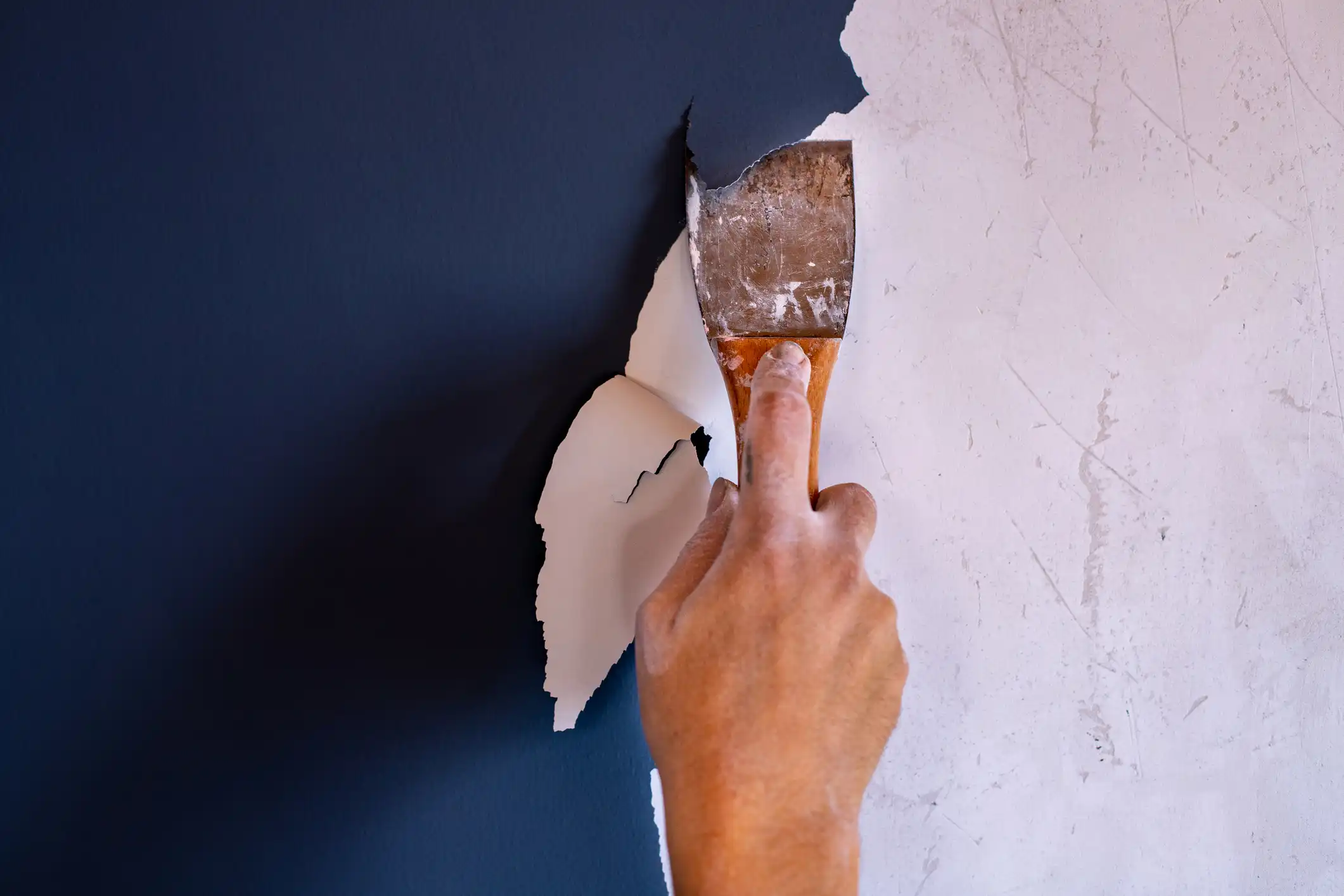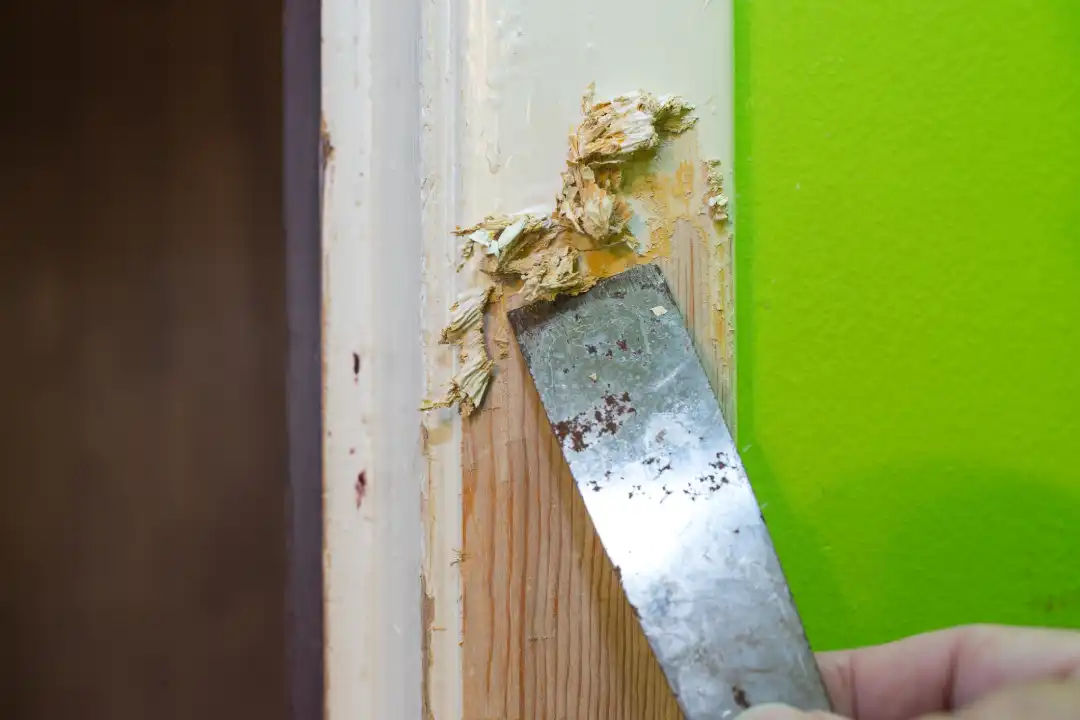The Dangers You Face While Removing Old Paint
When working on paint removal projects, it’s crucial to understand the potential health risks posed by lead dust. Lead is a toxic metal that was commonly used in paints before the late 1970s. When these old layers of paint are disturbed, they can release harmful lead dust into the air. This invisible hazard poses serious dangers to both workers and residents. Understanding these risks and taking appropriate safety measures can prevent adverse health effects.

Understanding Lead Dust Exposure
Lead dust exposure occurs when lead-based paint removal releases tiny particles into the air. These particles can be inhaled or settled on surfaces where they may contaminate household items, food, and even clothes. Inhaling or ingesting lead dust can have severe consequences for anyone involved in or near the project.
Health Impacts of Lead Dust
Exposure to lead dust can cause numerous health problems. In children, it can affect brain development, leading to learning disabilities and behavioral issues. Adults may experience high blood pressure, kidney damage, and reproductive issues. Pregnant women exposed to lead risk passing it to their unborn child, potentially causing developmental disorders.
Precautions for Safe Paint Removal
Several precautions should be taken during lead-based paint removal. Firstly, use protective gear such as masks and gloves to minimize inhalation and direct contact with lead dust. Secondly, ensure the area is well-ventilated and sealed off from other parts of the building to contain dust spread. Lastly, clean thoroughly after work sessions to remove any residual particles from surfaces.
Regulations and Compliance Standards
To mitigate risks, various regulations govern the process of removing lead-based paint. The Environmental Protection Agency (EPA) requires specific practices like HEPA vacuuming and wet sanding to control dust emissions. Complying with these standards is essential not only for safety but also to avoid legal penalties.
Costs Associated With Lead Mitigation
The cost of managing lead hazards can vary based on the size of the project and the complexity of containment measures required. While initial expenses might seem high, investing in proper safety measures helps reduce long-term health costs and ensures compliance with regulations.
Final Steps to Ensure Safety
When dealing with lead dust during paint removal projects, following best practices is vital for everyone’s safety. Engage trained professionals who understand the intricacies of handling such hazardous materials. Regular monitoring of lead levels in your environment post-project can further safeguard your health.

Your Path to Safe Homes With Expert Help
Dealing with lead paint risks requires expertise and diligence. At Envirohealth and Testing, we prioritize your safety in every project we undertake. Located in Smyrna, GA, we offer comprehensive services tailored to meet your needs. Contact us at (404) 726-2564 to learn more about how we can help protect you from the dangers of lead dust.